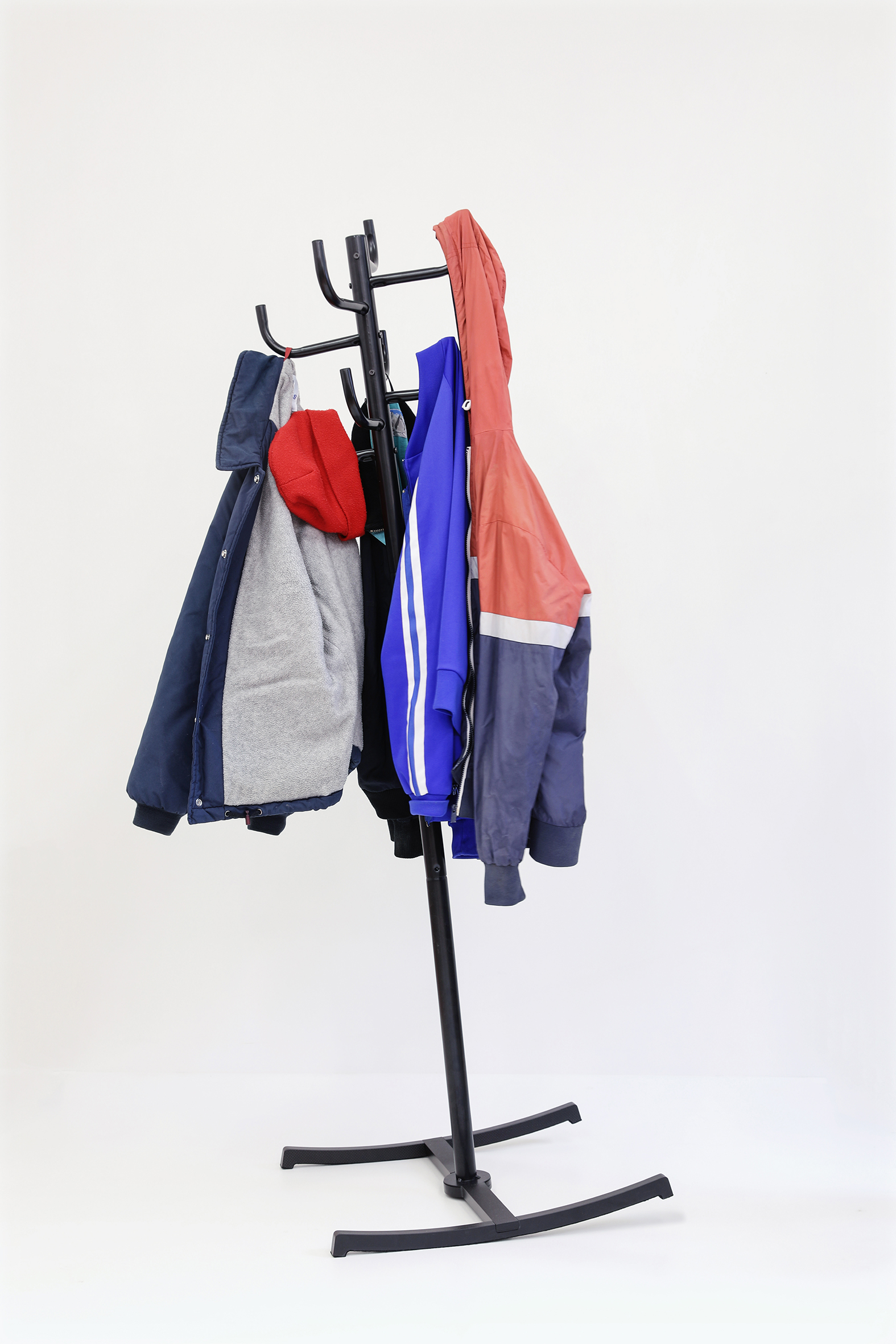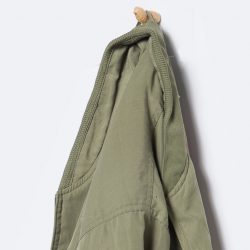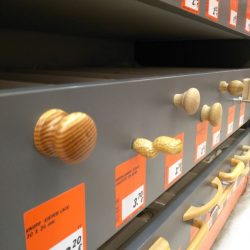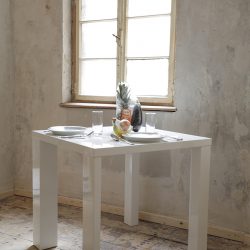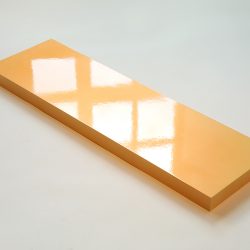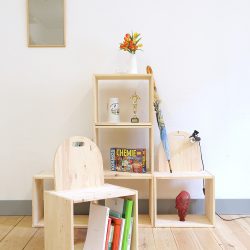Estintore – Product Placement
Description
Estintore is a design-intervention. Existing products, bought in furniture-discounters, are modified, get packed again and are brought back into the market shelves. Every piece has a note with it, so the new owners can get back to me. Estintore’s approach is to undermine the market-system with a dedicative design-attitude.What is the Topic?
The project deals with a variety of topics. It has a social aspect, trying to give people access to design: Most people going to furniture discount stores or hardware shops rather buy things to remove a lack then surround themselves with objects they love. This is due to their shortage of means. Simultaneously it is driven by an economic criticism: The economic mechanisms of the market are ironized and pushed upside down in a humorous way. A method, that gives me, as the designer, an abundance of artistic freedom.
Why does it look like this?
Estintore is a series of products. The way the designed objects look follow different reasons and principles. To exemplify it with the coatrack: The original version of it is the cheapest coatrack you can get. Its’ base, made out of thin steel pipe is attached with one screw. Its´ nature is to shake. To adopt this flaw and put it into character, I changed the base into rocker feet. It won’t fall over and wins a lot of identity. Depending on how you hang it, the coatrack is always in action and never the same: thus creating emotional access to users.
What is special?
The story behind it. It is real, meaning it is something that really happens right now. Real people buy a piece of furniture and get something modified from what they think they buy. Imagine the first moment at home, unpacking: they will be atsonished. The reactions can differ: The new owner likes the thing straight away, is luckily owning something he didn’t know he wished for. The text attached to the product invites this person to send feedback via website mail. Another possibility is that the buyer gets angry. He will then find the mobile number in the package leaflet, can call and I can take action get in touch or exchange the item with the original one. It is about the interaction and the shift of perception the user and the designer will get through during the process. It is an ongoing project.
What is new?
The groundbreaking feature of the project is the, so to say, marketing method. The normal life of a product starts in the head of a designer, proceeds with the producer, is changed, goes back to the designer, back to the producer and – finally, after a myriad of economical adjustments – finds its way into the market. With my method I can design aside these mechanisms, only dealing with the direct feedback loop of the users judgement. A quite close conjunction between user and designer can be provoked. I see it as a new design and market principle.

